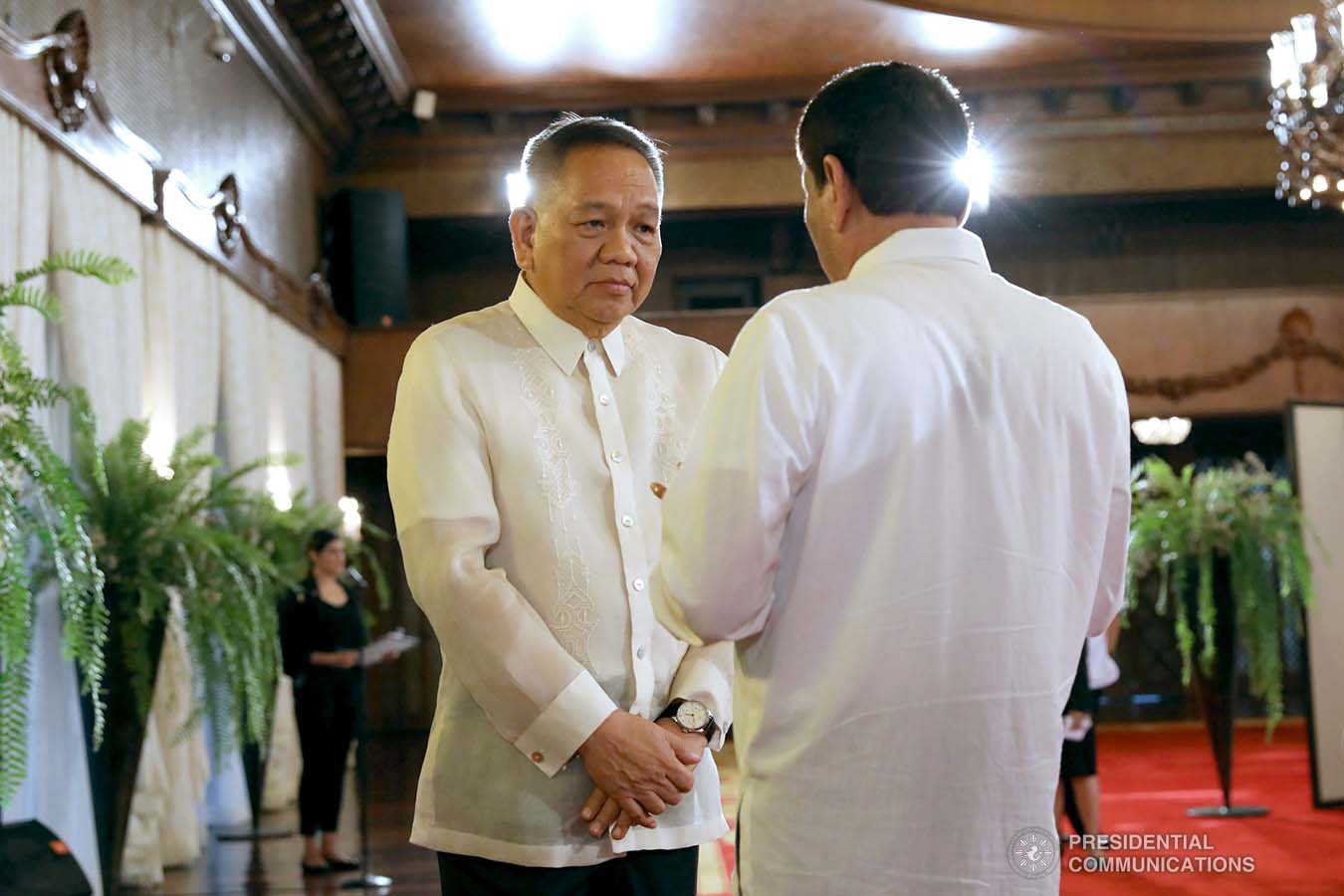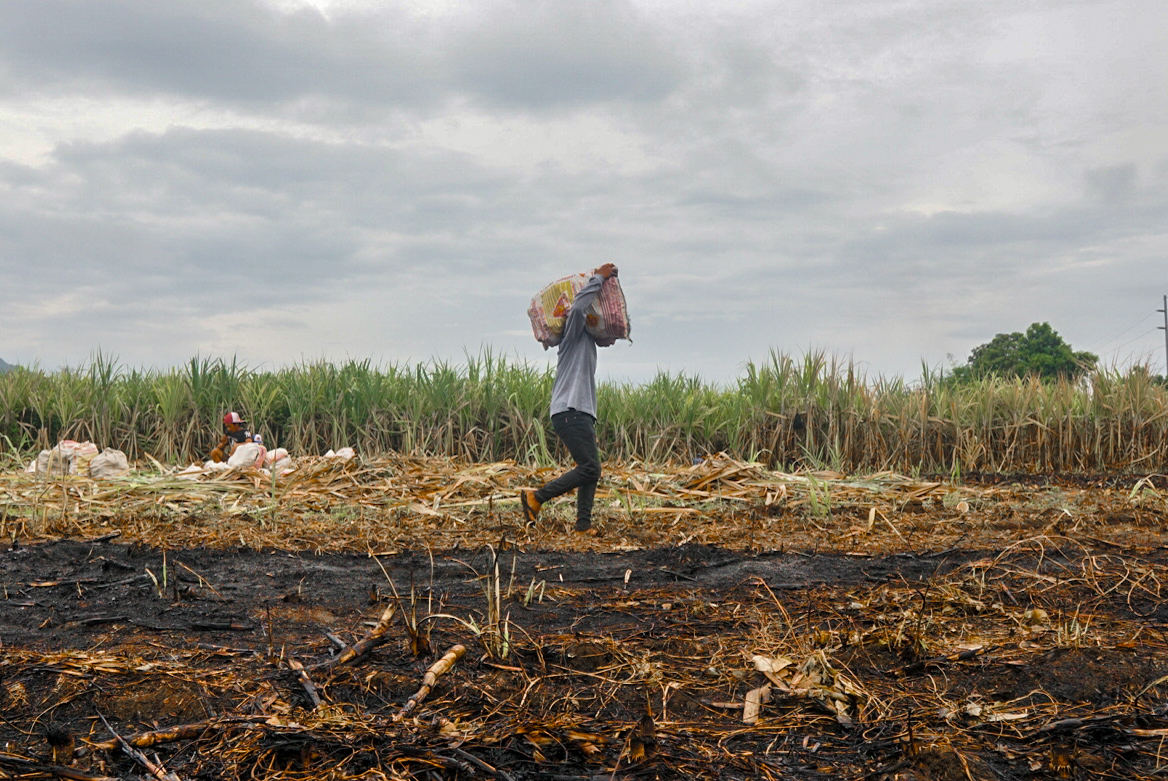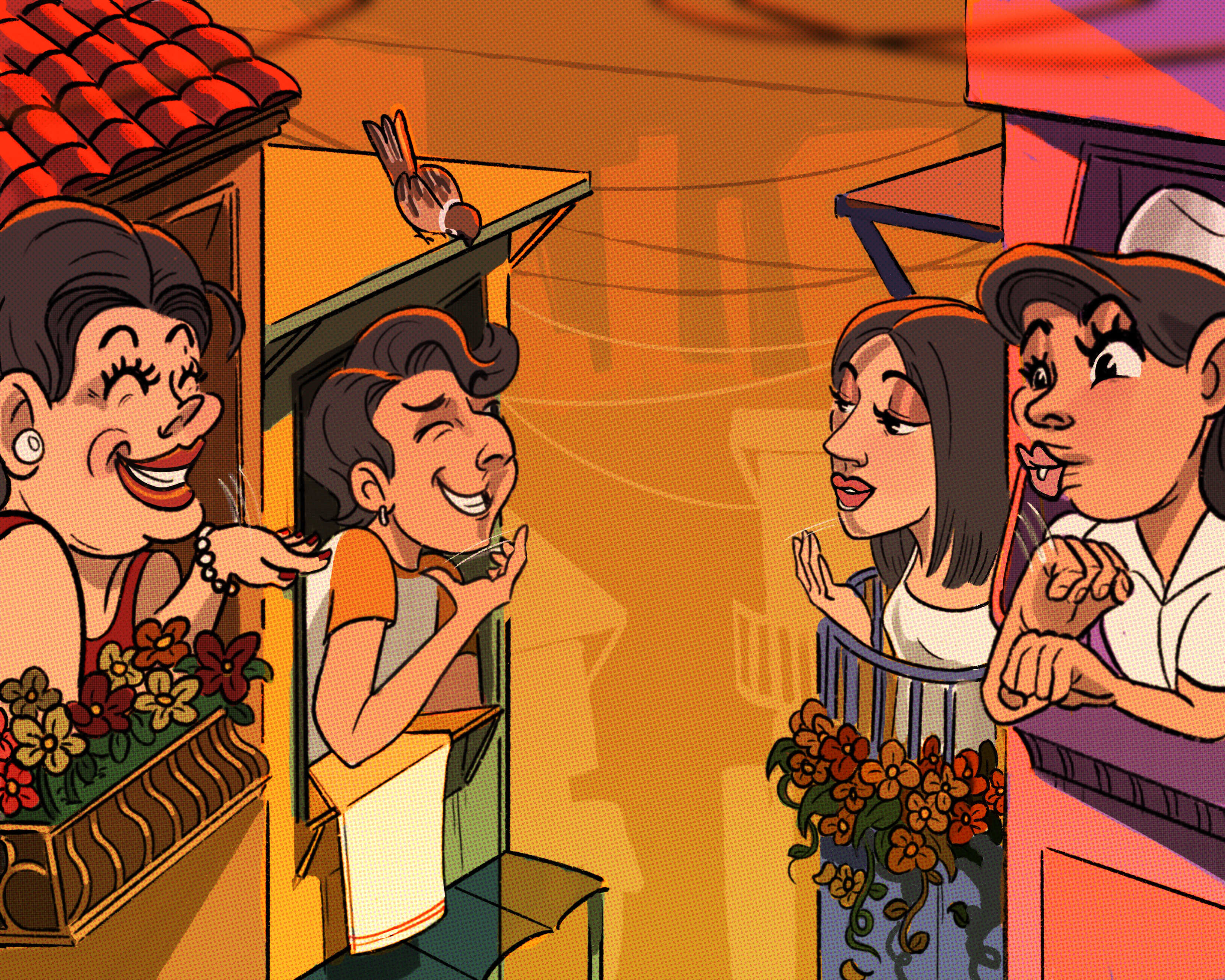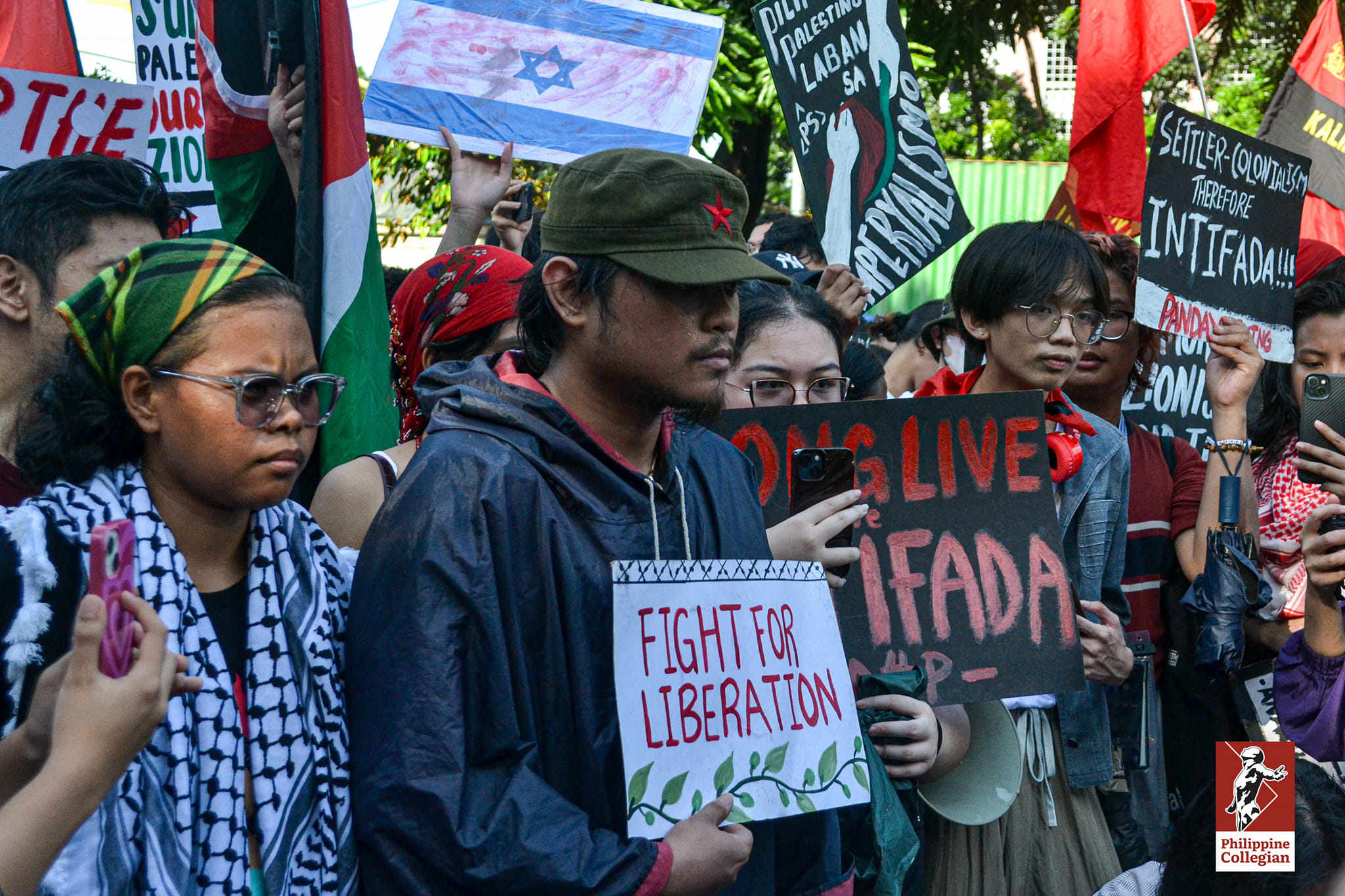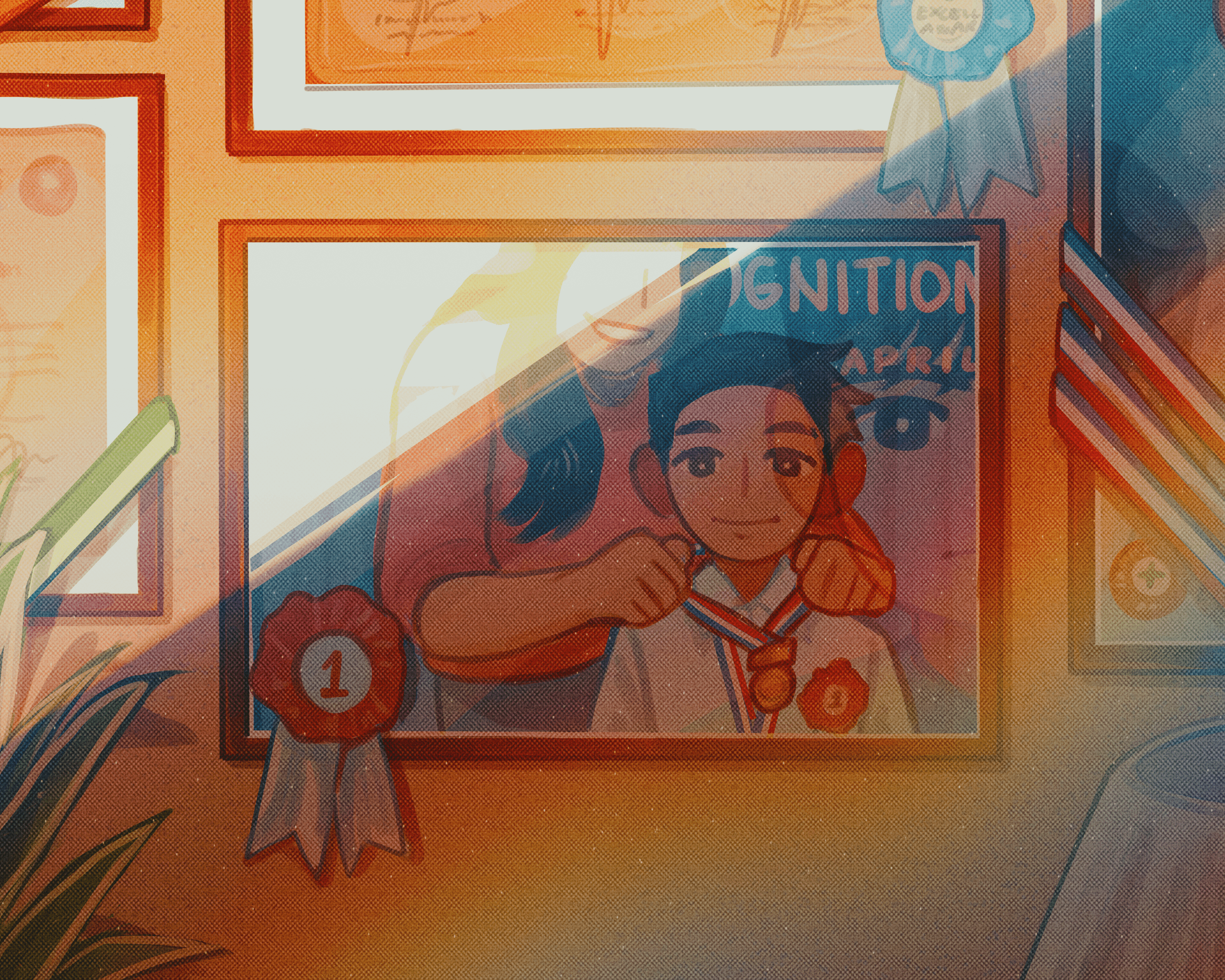Chief Justice Diosdado Peralta steps down from his office today. His tenure ends with the judiciary in shambles and hounded by controversies—the executive’s weaponization of the judicial process, lower courts characterized as search warrant factories, and lawyers killed on the streets.
But, more importantly, Peralta will have his legacy set not by the record-setting number of lawyers killed, or by “manufactured” search warrants issued versus activists, but by his indifference and inaction toward all this. In doing nothing, he has ensured that erring judges get away with impunity, that the judiciary further gets dragged into the government’s anti-democracy crusade.
Followers of judicial restraint, however, may say that the courts can only do so much. They might argue that the courts must stay above the fray of President Rodrigo Duterte’s realpolitik. To do so, however, would trash the judiciary’s fundamental role in our system of government. For the Supreme Court, especially its chief justice, to remain mum on the pressing issues of the day is to neglect its duty.
Our judiciary, in fact, is so unique that it is given broad powers that unelected lawyers in other constitutional republics are not traditionally accorded. Under the 1987 Constitution, and subsequent jurisprudence, courts have the power of “expanded judicial review”—in other words, the power to review actions or abuse of discretion by our institutions of government.
In the 2001 landmark decision Estrada v. Disierto, the Supreme Court wrote that expanded judicial review allowed the judiciary to scrutinize more the actions of the government, notwithstanding the seemingly “political” (and not legal) issues under consideration at bar. As they famously wrote, the expanded powers “did not just grant the Court power of doing nothing.”
It is for such reasons that the citizens of this country can challenge what they believe to be laws and governmental actions that run counter to our constitution without these laws or actions in question even taking effect yet.
Evidently, the gods of Padre Faura have been too timid about flexing their constitutional muscle which they themselves had sharpened through generations of jurisprudence. But, under Peralta’s leadership, the courts indeed clung to its “power of doing nothing.”
During one of his last media appearances, Peralta said that they were only “careful” in promulgating rules. But what standard of due diligence does the chief require? The stark numbers of lawyers, public advocates, and activists killed, are neither imagined nor hypotheticals. These cases would eventually find their way into the court’s docket. Perhaps, the chief justice needs to look back on the court’s history, on what his predecessors have done to address these attacks—and he does not need to look that far back.
In 2007, amid the backdrop of rising extrajudicial deaths, illegal arrests, and desaparecidos—nearly akin to that of a Marcosian Martial Law—during the Arroyo administration, the Supreme Court convened a two-day multisectoral summit, the “National Summit on Extrajudicial Killings and Enforced Disappearances,” to find ways to end such incidents.
By the year’s end, then Chief Justice Reynato Puno announced that the high court had created two new protective writs: Amparo and Habeas Data. The former deals with the defense of an individual’s fundamental rights, such as protection against intimidation, while the latter deals with an individual gaining control over their information or data gathered by state forces.
A year later, Amparo was successfully used to protect brothers Raymond and Reynaldo Manalo, who were wrongly accused as members of the New People’s Army, from further military harassment after they had escaped from their near 18 months of captivity. Presently, the Amparo case relating to drug war victims remains pending at the Supreme Court, as the justices are still reviewing the voluminous testimonies, reports, and case files the government had submitted to them.
Through its implementation, however, the power of these two writs have been gradually eroded as judges defer more and more to executive powers. Yet these two protective writs remain codified in our law books; they remain safeguards against overreaching governmental powers. During that time, the judiciary has fulfilled its mandate by using their exceptional legal arsenal, unprecedented at that time, to extend legal protections to people.
These protective writs have their own share of deficiencies, yet they were a step necessary. This goes to show that, if indeed the court had wanted to do anything, they would have done so already. It is, then, an urgent task for the next chief justice—the fourth one appointed by Duterte—to wield its judicial power as means to end the further erosion of not only our human rights situation, but also our republican form of government—that is, when courts say that a state’s action is wrong, the government is bound to follow that decision.
This is not “judicial activism,” as some members of the Judicial and Bar Council call it, but a delineation of what the branches of our government can and cannot do. Consequently, it is not even “legislating from the bench,” as such rule-making power (or lawmaking power, as retired Justice Antonio Carpio calls it) is a power granted to the court by the people, as codified in our constitution.
Indifference is deadly. This was proven many times under Peralta’s leadership of the high court. Just take Baby River’s death as an example. Whoever the next chief justice may be, whether an Aquino or a Duterte appointee, their legacy will surely be defined by whatever they will do—or fail to do as in the case of Peralta—on the pivotal issues of the day.
Some argue that ruling by judicial fiat is an affront to our republicanism; that we give unelected and unaccountable judges a say in the running of the country is undemocratic. But in the face of one of the most tyrannical administrations this country has ever had, the judiciary retains its potential as a check on the executive and a Congress so willing to carry through presidential wishes.
Our fundamental law, the constitution, is a recitation of the will of the people. Judges, including the chief justice, have sworn to defend it. The people have given our judiciary the prerogative to be the defender of our rights and liberties. Clearly, that is not the power of doing nothing. ●
This article was first published online on March 27, 2021.
